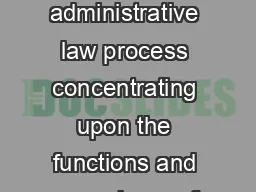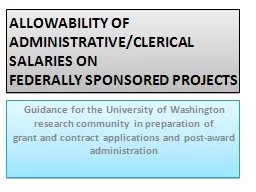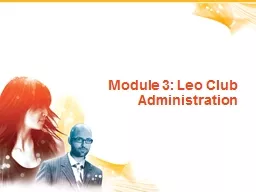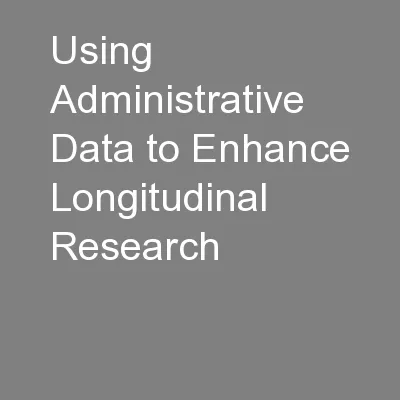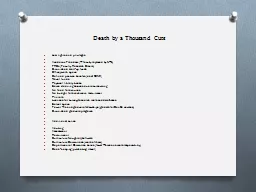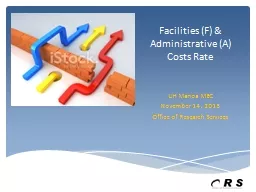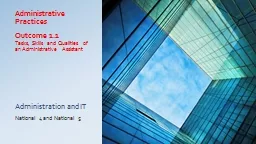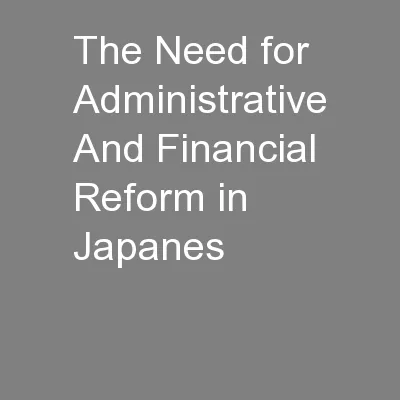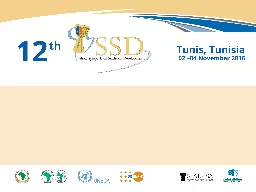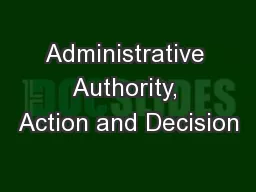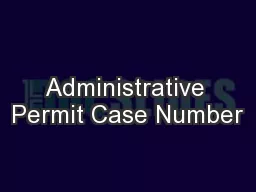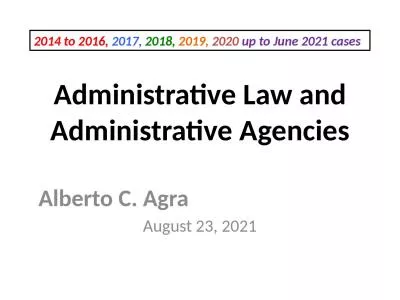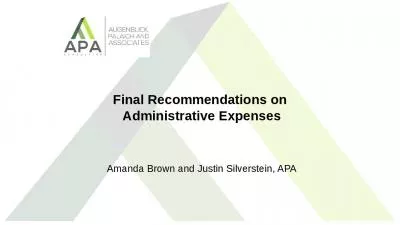NEW Higher Administration & IT Administrative
Author : natalia-silvester | Published Date : 2025-06-23
Description: NEW Higher Administration IT Administrative Services Outcome 22 1 Outcome 22 Describing the mechanism for monitoring and evaluating the quality of customer care 2 Evaluating Policy If the customer care policy is evaluated it allows the
Presentation Embed Code
Download Presentation
Download
Presentation The PPT/PDF document
"NEW Higher Administration & IT Administrative" is the property of its rightful owner.
Permission is granted to download and print the materials on this website for personal, non-commercial use only,
and to display it on your personal computer provided you do not modify the materials and that you retain all
copyright notices contained in the materials. By downloading content from our website, you accept the terms of
this agreement.
Transcript:NEW Higher Administration & IT Administrative:
NEW Higher Administration & IT Administrative Services Outcome 2.2 1 Outcome 2.2 Describing the mechanism for monitoring and evaluating the quality of customer care. 2 Evaluating Policy If the customer care policy is evaluated it allows the organisation to: Monitor where complaints come from and what they are about Target where training or changes in procedures need to be introduced Assure customers of prompt attention at all times Show commitment to customers, encouraging their loyalty and gaining their trust and respect 3 Market Research Field Research new information is gathered for the business. Eg customer focus group, mystery shopper Desk Research Information which already exists eg government statistics, competitor profiles, financial reports 4 Eliminating Customer Issues Organisations who show a willingness to find and eliminate customer problems achieve customer focus. How to improve: Listen to what the customer has to say Conduct focus groups Customer satisfaction survey Best customer service awards Provide customer service training Internal newsletter – sharing good practice Provide warranties, guarantees and refunds 5 Customer Satisfaction Questionnaires – often need an incentive like entry into a prize draw Comment cards – not always taken seriously eg after a meal in a restaurant Telephone – customers resent being interrupted at home, but often used as a courtesy call after eg home improvements to see if there are any problems (being pro-active) Interview – time consuming and expensive, unpleasant if people are rude Online surveys – often questions not read properly, often follows an online purchase 6 Mystery Shopper This is a person who pretends to shop and experience the service and care ordinary customers receive. Staff are not aware – the mystery shopper is not known to the team being evaluated – the hope to give a true reflection of what a real customer is experiencing. The mystery shopper will complete a survey and return it for the organisation to take on board feedback given – this can be positive or negative. 7 What might be Mystery Shopped? Assessing Customer Service eg speed, communication Assessing customer experience in store eg cleanliness; product displays etc Assessing any hostility from company employees Are customer needs being met? Are policies being followed? Sample employee’s product knowledge 8 Customer Focus Groups (1) Small groups of customers brought together to provide the organisation with feedback on their goods and services, proposed new products and lines that are no longer profitable. A range of

